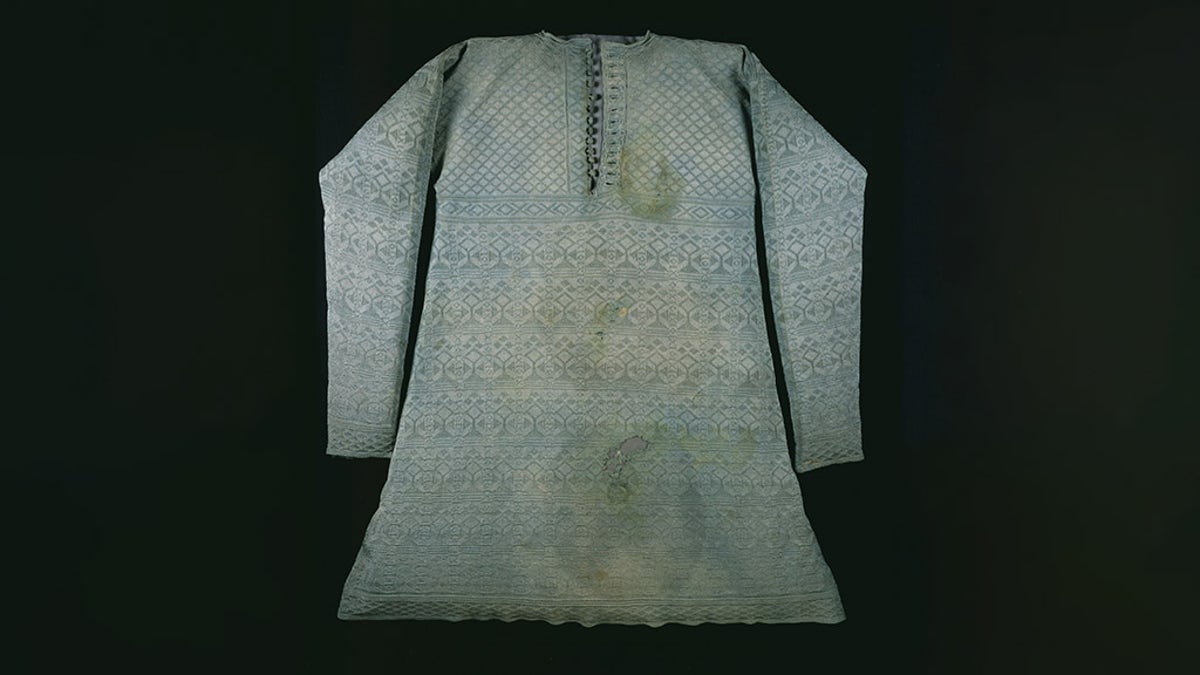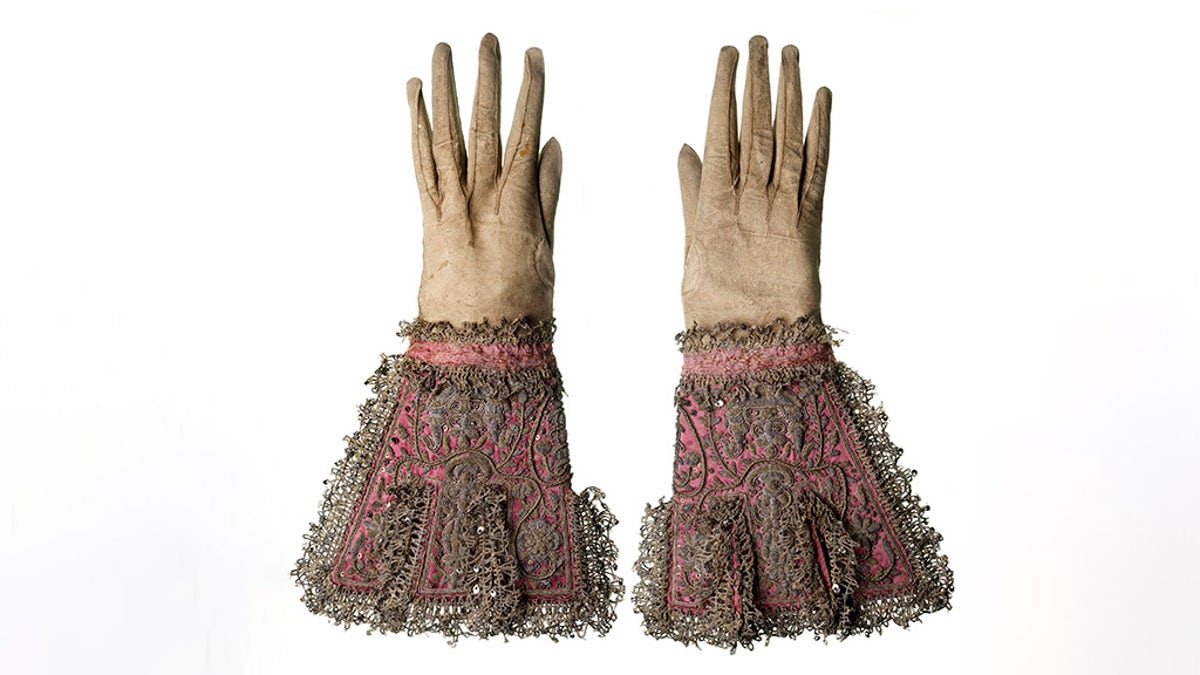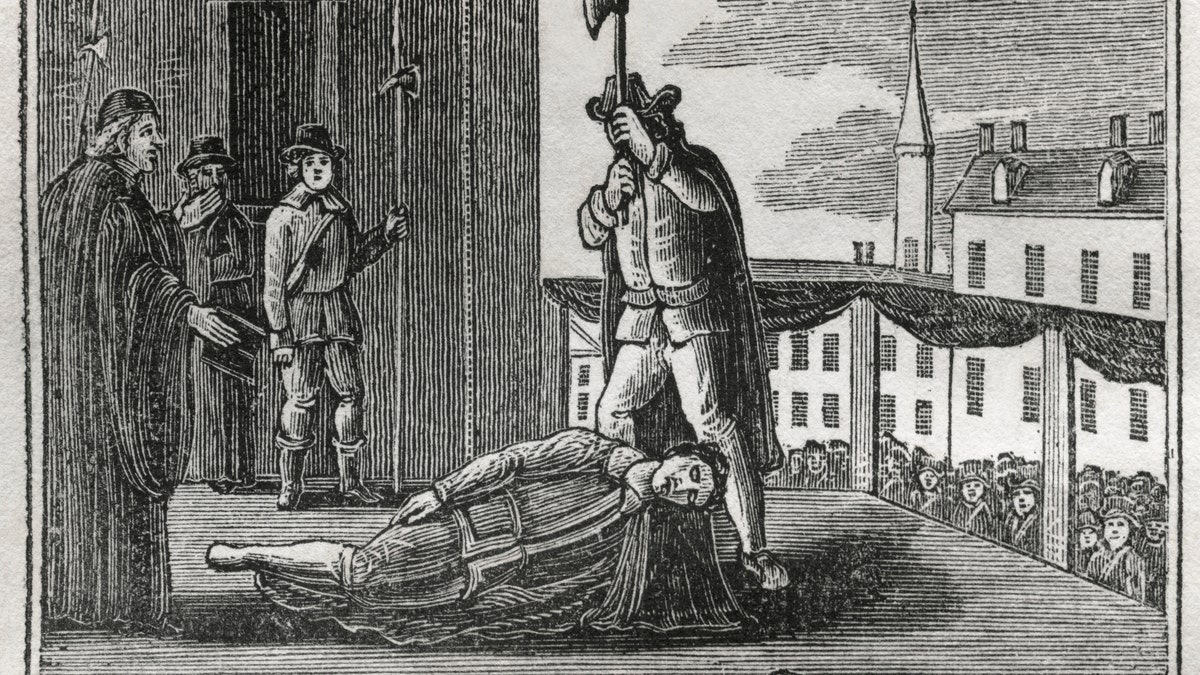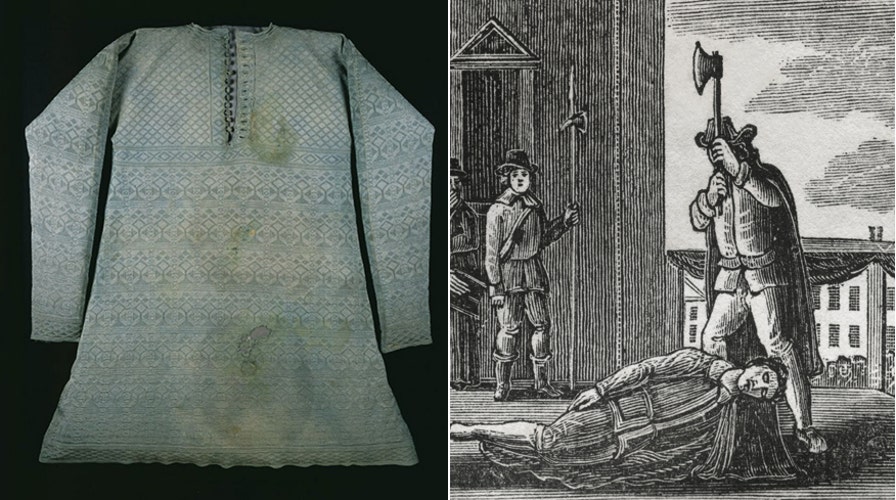Fox News Flash top headlines for Jan. 30
Fox News Flash top headlines for Jan. 30 are here. Check out what's clicking on Foxnews.com.
A stained vest said to have been worn by King Charles I when he was beheaded in 1649 is set to go on display in London. The King's execution is a key moment in British history.
Exactly 371 years ago on a bitterly cold Jan. 30, 1649, the king stepped out of the Banqueting House in Central London onto a scaffold, where his executioner awaited with an ax. A large crowd assembled to watch the beheading.
King Charles I’s Royalists were defeated by Parliament’s forces in the bloody English Civil Wars, which lasted from 1642 to 1651. In May 1646, after suffering a string of military defeats, the King had placed himself in the protection of a Scottish army but was handed over to the English Parliament nine months later.
ARTIFACTS BELIEVED TO BE FROM FINAL BATTLE OF ENGLISH CIVIL WAR DISCOVERED
Put on trial, the king was sentenced to death for high treason on Jan. 27, 1649 and beheaded three days later.

The silk vest or waistcoat said to have been worn by Charles I at his execution on Jan. 30, 1649. (© Museum of London)
The pale blue-green silk execution vest has visible stains on its front, according to the Museum of London, which will place the macabre garment on display later this year. Forensic tests in the 1950s and 1980s failed to prove conclusively that the stains are blood. The stains, however, “fluoresce” like bodily fluids under UV light, but could be sweat, vomit, or another substance, the museum says.
“Following the monarch’s decapitation, his body was undressed and items of his clothing were distributed to people in attendance,” said the Museum of London, in a statement. “When the vest was presented to the Museum of London (then the London Museum) for acquisition in 1925 it came attached with a note of authentication that stated the vest was worn by King Charles I on the day he was beheaded and it was given to the physician who attended him.”
FARMER'S FIELD YIELDS HOARD OF ENGLISH CIVIL WAR COINS

The elaborate pair of gloves said to have been worn by Charles I at his execution. (© Museum of London)
Other artifacts said to be from Charles I’s execution including gloves, a handkerchief, a sash, and fragments of a cloak will also be shown in the “Executions” exhibition, which opens on Oct. 16, 2020.
CLICK HERE TO GET THE FOX NEWS APP

Execution of Charles I, 1649, Illustration from the Book, Historical Cabinet, LH Young Publisher, New Haven, 1834. (Photo by: Universal History Archive/Universal Images Group via Getty Images)
“Being able to include this incredibly rare vest in a major exhibition is exciting as it is key in telling the story of one of the most infamous executions that occurred in the capital,” said Meriel Jeater, curator at the Museum of London, in a statement. “The exhibition covers nearly 700 years, a time when public executions were more frequent in London than any other town, attracting huge crowds several times a year at locations across the capital. Public executions became embedded in the landscape and culture of London, influencing people’s everyday lives.”
Follow James Rogers on Twitter @jamesjrogers





















